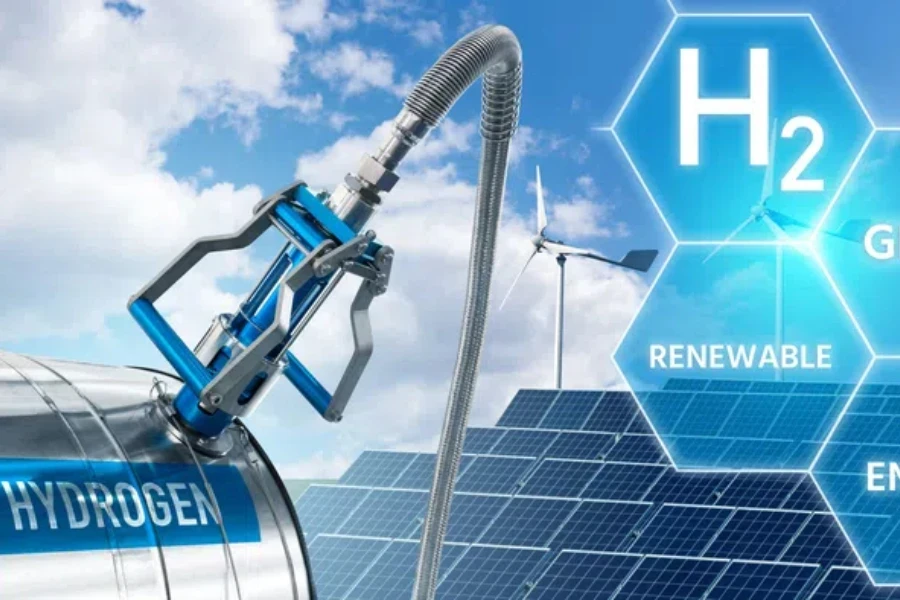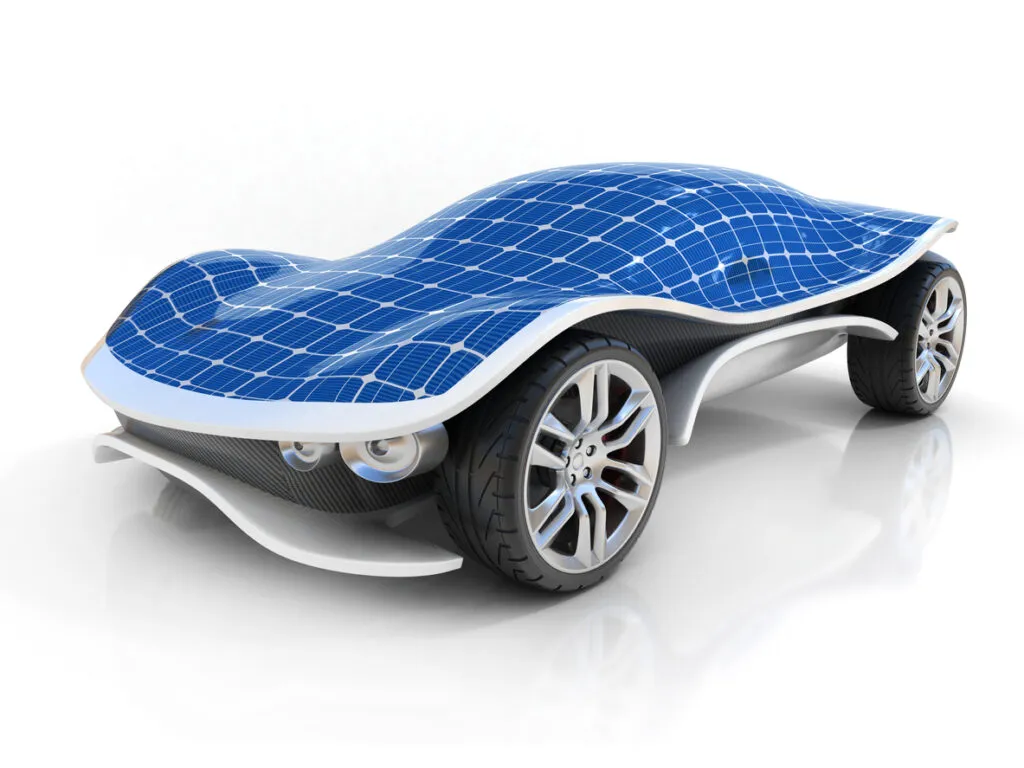Imagine if your home could generate electricity just by being painted. No bulky solar panels. No massive installations. Just a thin coat of paint — on your walls, roof, or even your car — quietly working to capture sunlight and turn it into power.
Imagine if your home could generate electricity just by being painted. No bulky solar panels. No massive installations. Just a thin coat of paint — on your walls, roof, or even your car — quietly working to capture sunlight and turn it into power. This isn’t science fiction. It’s called solar paint, and it has the potential to revolutionize how we produce and use energy across the globe.


Solar paint, also known as photovoltaic paint, is a next-generation solar technology that can be applied to surfaces just like regular paint. But unlike regular paint, it’s infused with materials that absorb sunlight and convert it into usable electricity.
There are currently three main types of solar paint under development:
Just like traditional solar panels, solar paint relies on the photovoltaic effect — where sunlight knocks electrons loose in certain materials, creating an electric current.
Scientists are working on incorporating light-sensitive compounds directly into paint so that when it's exposed to sunlight, it can:
If fully developed and commercialized, solar paint could democratize solar energy like never before:
Solar panels are expensive to install and maintain. Solar paint could dramatically reduce the cost and make solar power accessible to low-income households around the world.
Paint can go where panels can’t. Walls, bridges, boats, vehicles — virtually any surface could become a mini solar power plant.
Solar paint blends with the environment without changing how buildings or vehicles look — perfect for heritage sites, compact cities, or homes that don’t want visible solar panels.
With widespread adoption, solar paint could cut global dependence on fossil fuels, leading to a significant drop in CO₂ emissions.
While solar paint holds exciting promise, there are a few hurdles before it becomes mainstream:
But with continued research and investment, these challenges are expected to be overcome within the next decade.

Solar paint could be a game-changer for energy equity, allowing even the most remote communities to generate their own electricity. As the technology matures, we could one day paint entire cities with power-generating coatings — creating a global grid of clean, silent, and invisible energy. So the next time you see someone painting their home, don’t be surprised if they’re also powering it.